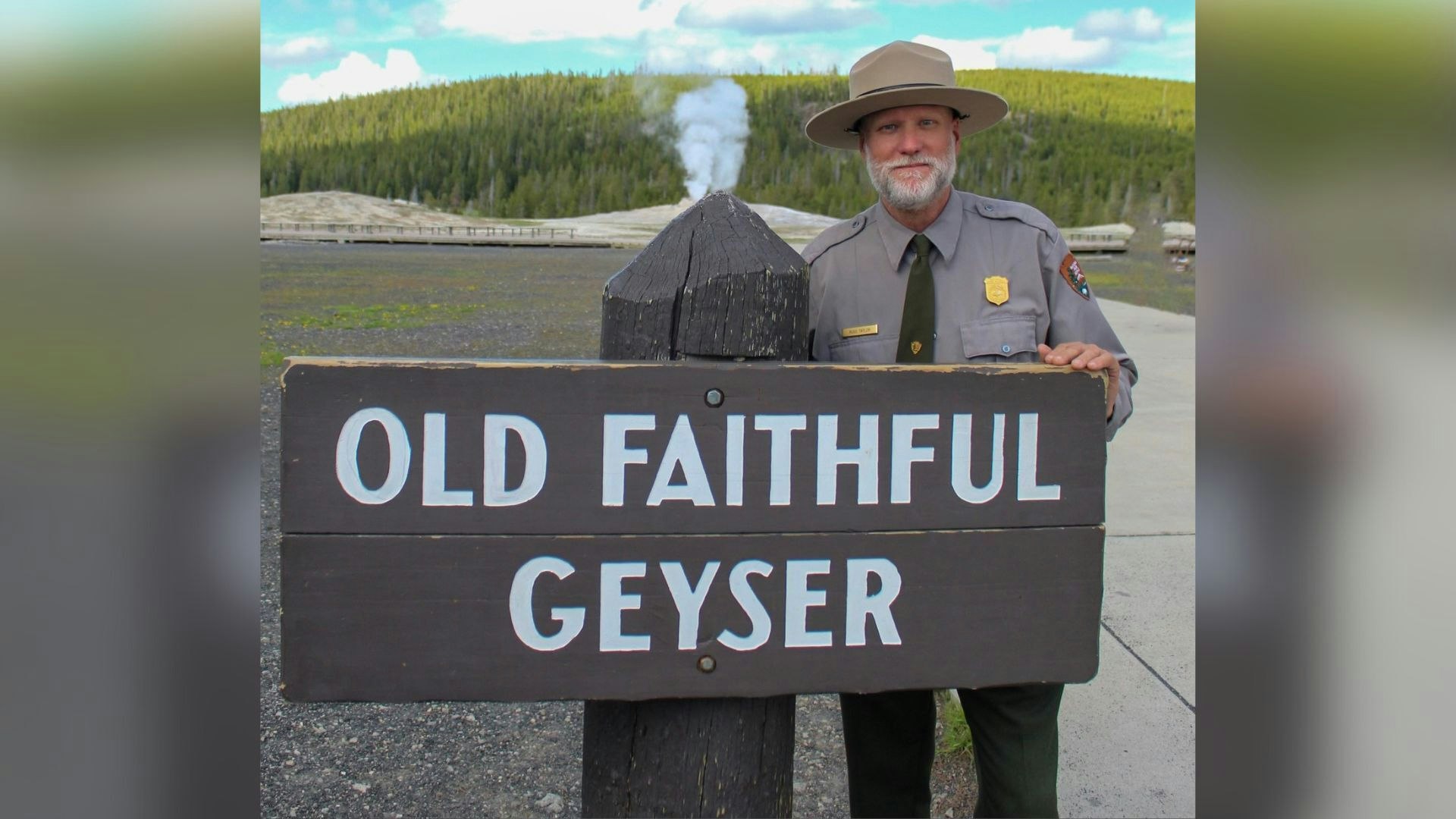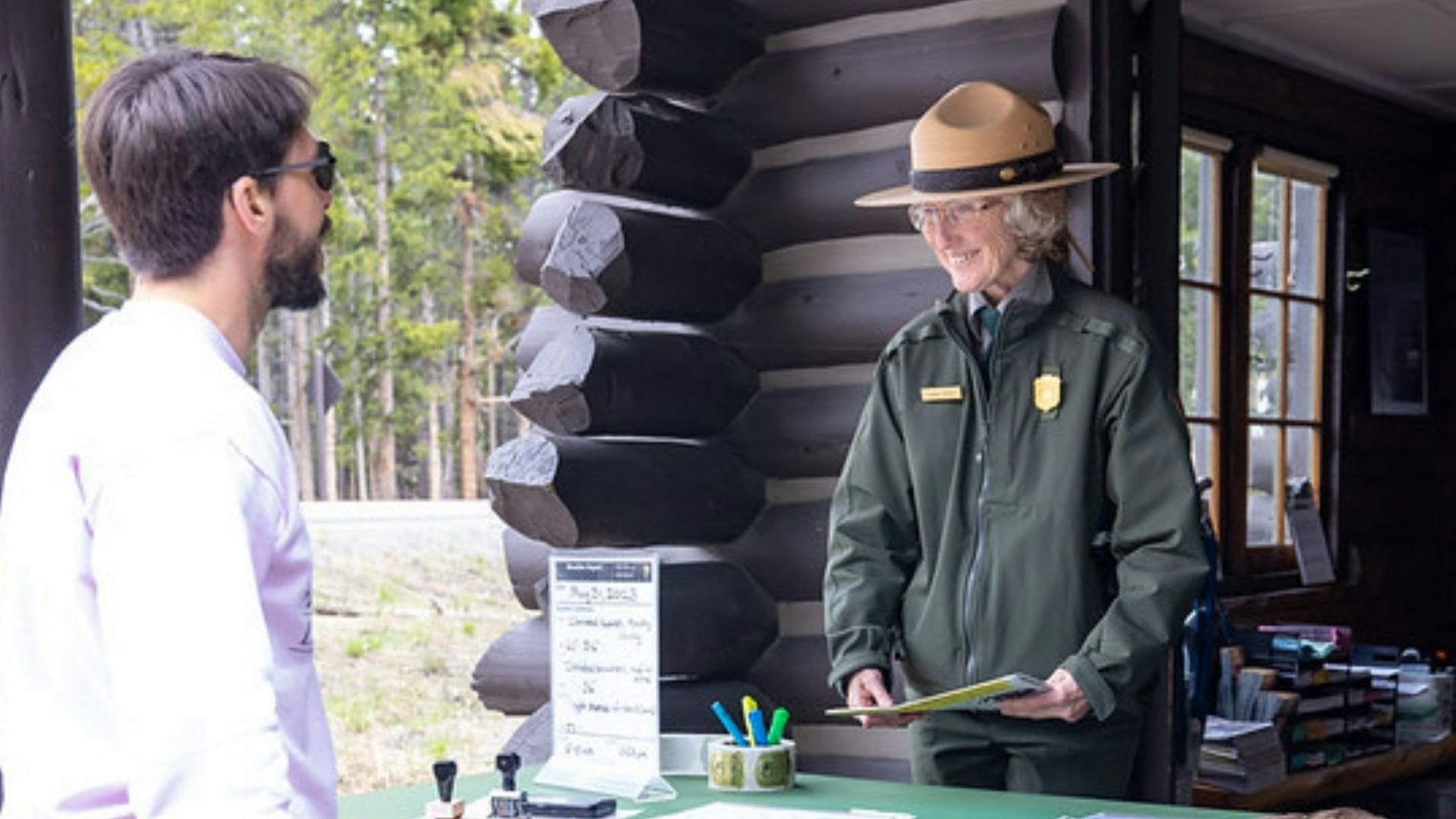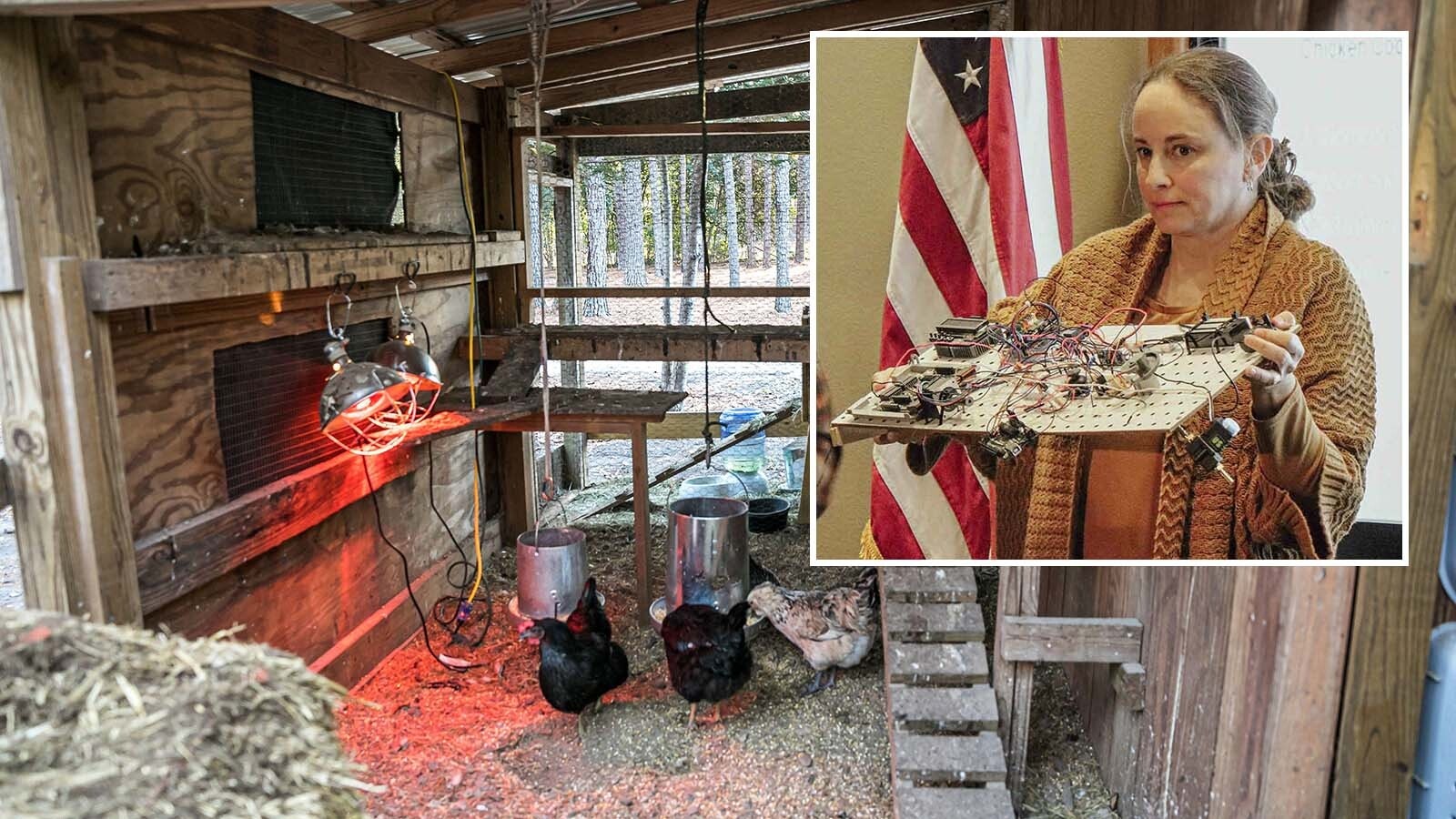Imagine waking up every day to the smell of pine trees, the sounds of birdsong and buffalo bellowing, and the view of Old Faithful erupting in the bright sunlight.
For Yellowstone National Park Ranger Russ Taylor, this is his daily experience.
“Whether it's watching wolves and grizzly bears fight over a carcass or quieter moments of watching a beaver glide across the top of a lake, there's just so many magical moments that happen here,” Taylor told Cowboy State Daily.
Despite the perks of living and working in America’s first National Park, Yellowstone can’t find enough people to work in this American West paradise. Staffing levels in the park are still below what’s necessary to serve the more than 4 million visitors that fill the park each summer.
“We struggle with the same recruitment and retention issues that many other federal and even nonfederal organizations struggle with,” said Cam Sholly, Yellowstone National Park superintendent. “And it's gotten worse post-COVID.”
Why Yellowstone?
Russ Taylor is a park guide in the interpretation division at Old Faithful, working with Yellowstone’s Resource, Education and Youth programs.
As a young man, Taylor started out working in Yosemite National Park after a volunteer stint in the Peace Corps in his 20s, then became a wilderness guide, leading groups of at-risk youth along the rivers and streams of Georgia and Florida.
“And then as I got a little bit older, I decided to look at the Park Service again,” Taylor said.
After a brief stint in Glen Canyon National Recreation Area in Utah, he took a seasonal job in Yellowstone in 2015, experiencing both summer and winters here, and found work in national parks in Alaska as well over the next few years.
In September 2020, though, he was offered a permanent position at Yellowstone.
“Yellowstone is one of those places where I think anyone would feel privileged to be able to work and live,” said Taylor. ”It's one of the most amazing places on the planet, and the longer I'm here, the more I see that.”
Sholly said that working in Yellowstone is a completely unique experience.
“This is the largest wildlife display in the world, and the largest interface between visitors and wildlife,” he said. “There's not a place like Yellowstone where you see as much wildlife and visitation in the same place at the same time.”
More Visitation = More Staff
But Sholly said that despite the perks of living and working in Yellowstone National Park, it can’t find enough people who want to work in that natural wonder.
“Even our concessionaires in the park that normally employ 3,000 to 4,000 people a year have struggled with getting quality candidates to come in the right numbers to manage the restaurants and the hotels,” he said.
Sholly said that with the exception of the COVID-19 years and the 2022 flood that closed part of the park down for a time, visitation in Yellowstone National Park has continued to increase over the years. Already in 2023, visitation is up 3% over 2019, when the park had more than 4 million visitors.
“We get more visitors in this park than the three states’ residential populations combined, and we have to be self-sufficient,” he said, referring to Wyoming, Montana and Idaho, which the park overalps. “So law enforcement, utility systems, emergency medical systems, structure fires, maintaining the roads, plowing the roads, cleaning the bathrooms — those are all park service responsibilities.
“And increasing visitation can significantly stress the capacity that we have in those areas.
In Yellowstone, those 4 million people are concentrated in just 1,750 of the park’s 2.2 million acres.
“So, you're putting a very large number of cars, especially in the summer, in a very small percentage of the park,” he said. “The best thing about Yellowstone is the diversity of resources, geologic and cultural and natural and wildlife, but what comes with that is congestion, especially around some of the more heavily visited sites, or some of the areas that have the best wildlife viewing. And that's a constant challenge for not only Yellowstone, but any park.”
It isn’t just interacting with the public in which staffing shortages make an impact.
“For every million people more, you have to empty 2,500 garbage cans two more times per day, or clean 750 bathrooms four times instead of two times, and all that requires staffing,” said Sholly. “People don't think about what happens if you add a million people into the park in a year flushing the toilet five times a day, and what that does to your wastewater systems or your water systems.
“And you look at incidents with law enforcement, emergency services or search and rescue or road maintenance, whatever the case is.”
Priced Out Of A Job
Additionally, visitors who misbehave can cause headaches for Yellowstone staff.
“We've seen a considerable number of incidents here in the last three or four weeks that are really not what we want to see from visitors,” said Sholly, pointing out that the vast majority of visitors who come to the park are very respectful of wildlife.
“I think the behaviors of a small percentage of visitors shouldn't represent how people behave on a larger scale,” he said. “I think it's important that visitors treat the wildlife with great respect. The wildlife live here.”
Taylor said that in his experience, more visitors means more people making those questionable decisions.
“Whether it's getting too close to a bison or whether it's putting a hand inside a thermal feature, things of that nature, there's no question that as visitation increases, those types of incidents increase,” he said. “And if you have less staffing, it's harder to keep up with all that.”
Taylor added that choosing to work in a remote area of northwestern Wyoming brings another set of challenges.
“Housing can become an issue when you're near a national park,” he said. “Housing prices in the gateway communities near the park can be exorbitant and can price people out of certain positions. You may not be able to afford to work at a park that you want to work at because you can't afford the housing in the gateway communities nearby.”
But Sholly said the park service has made a concerted effort to alleviate that concern.
“We’ve spent somewhere around $50 million in the last three years to improve the condition of employee housing,” he said. “For a lot of people, it's busy day and night, depending on their jobs. And it's very important, especially considering the remoteness of this place, that employees have comfortable places to live.”
A Great Job – If You Like People And Animals
There’s a wide range of employment opportunities that people can take advantage of in Yellowstone, Sholly said.
“This park is incredible,” he said. “And I think that we have so many incredible parts of this park to work in, that it's a great opportunity for someone to pick a discipline or pick a work function, work in a great place and gain a lot of experience.”
Taylor said the huge numbers of visitors can make working in Yellowstone a dream job — if you’re a people person.
“If you love people, and I do, can there possibly be a greater place to work than Old Faithful in Yellowstone, where you are the public face of the Park Service?” said Taylor. “I think a lot of rangers draw a lot of personal self gratification from being able to be that friendly face to the Park Service.”











